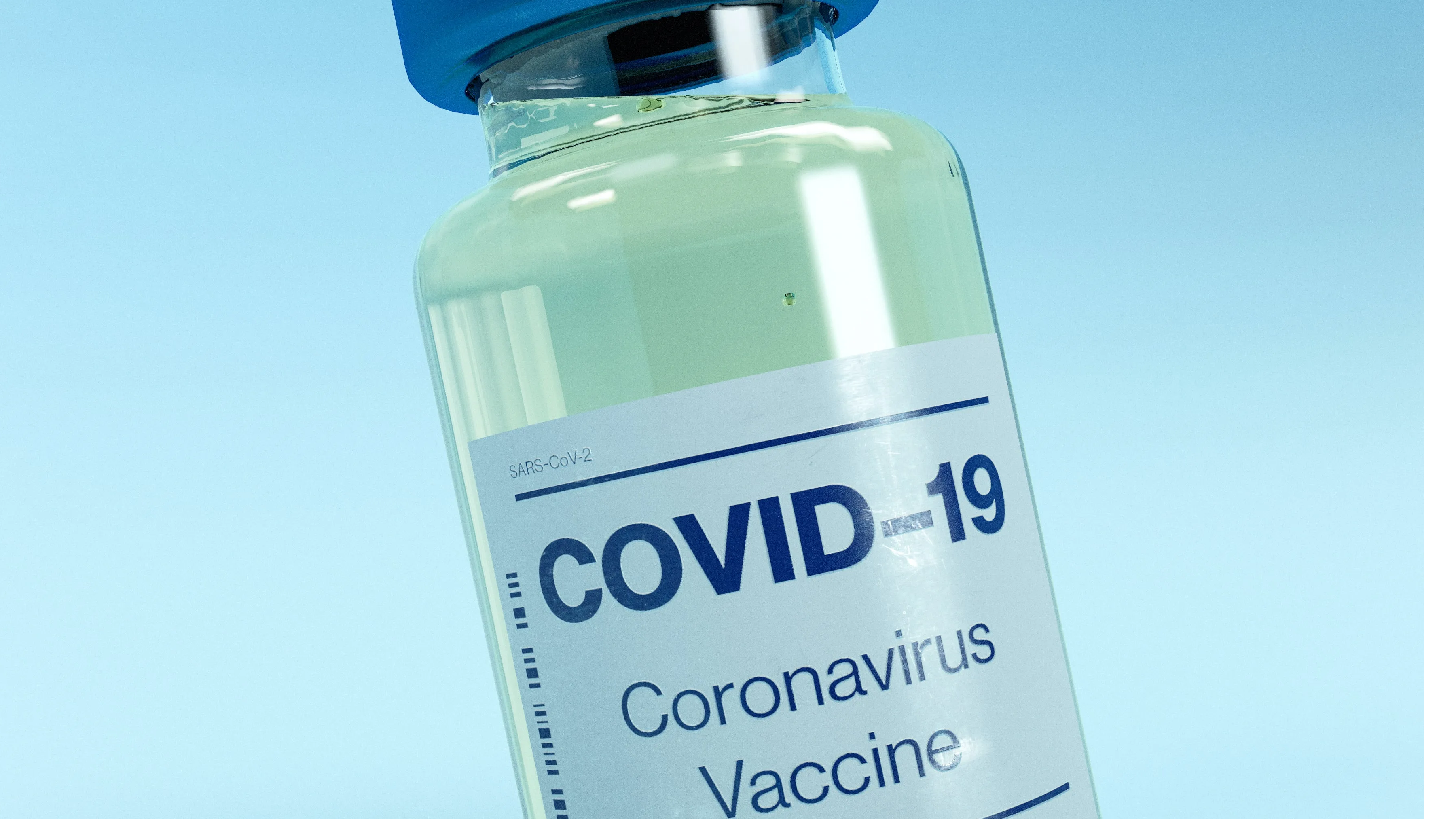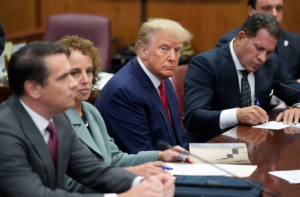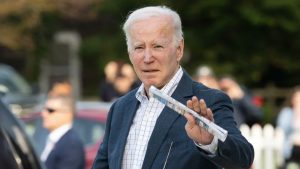US experts meet Thursday to decide whether to recommend approval of Moderna’s COVID-19 vaccine, potentially paving the way for rollout early next week.
After the Pfizer-BioNTech vaccine received authorisation for emergency and distribution of the first 3 million doses was completed in the country this week the emergency use of Moderna’s vaccine is under consideration.
The meeting will be live-streamed for the public on Thursday and will require a vote by 24 independent scientists and industry representatives at the end of it for the finalisation of the verdict.
It is being predicted that the participants of the meeting will be voting in favour of the vaccine’s rollout for emergency use post which the Food and Drug Administration (FDA) is likely to approve soon after, which will make the United States the first country to approve Moderna’s COVID-19 vaccine.
Moderna partnered up with scientists from the US National Institutes of Health to produce the product and began work in January just days after China shared the SARS-CoV-2 virus genome.
Moderna received funding of $2.5 billion from the US government for the creation of the vaccine and in return promised six million doses.
After the clinical trial of 30,400 people, reports suggest it was 94.1 percent effective in preventing Covid-19 compared to a placebo, performing slightly better in younger adults compared to the elderly.
No specific safety concerns identified that would preclude the issuance of an EUA (emergency use authorization) the FDA found after a review of data provided by Moderna.
Moncef Slaoui, chief advisor of Operation Warp Speed, said on Wednesday that the results were impressive as the level of protection against disease the vaccine provided 10 to 14 days after even the first of two doses.
“The second thing that’s really interesting is the apparent protection against infection,” which was shown to be 60-65 percent.
An outstanding concern has been how well vaccines will prevent people from becoming asymptomatically infected, and Slaoui said he expected the efficacy to become even higher after the second dose, given 28 days later.
“I think that would be very important from a public health perspective,” he said.
The people administered with the vaccine faced some side effects, called mRNA-1273. Injection site pain in roughly 90 percent of cases; fatigue in 70 percent, headache in 60 percent, muscle pain in 60 percent, joint pain in 45 percent and chills in 45 percent was recorded.
Few of these effects were classed as “severe” and, when they were, that tended to occur more in the young than in the old.
Lymphadenopathy, or swollen lymph nodes, occurred in 1.1 percent of the vaccine group when compared to 0.6 percent of the placebo group.
There was an imbalance in allergic reactions, which occurred in 1.5 percent of the vaccinated population compared to 1.1 percent of the non-vaccinated.
But none were classed as severe or anaphylactic.
Life-threatening symptoms were very rare, around 1% in each group, which suggested that the vaccine was not the cause.
To date, there have been three reports of Bell’s palsy — a facial paralysis condition, most often temporary — in the vaccine group and one in the placebo group.
Also Read: India records 24,010 cases of COVID-19, 355 deaths in last 24 hours
The Pfizer trial saw four people get Bell’s palsy in the vaccine group, and none in the placebo group.
There was insufficient information to determine that either vaccine was the cause, as per the FDA.
Both the Pfizer and Moderna vaccines use mRNA (messenger ribonucleic acid) molecules to cause human cells to express a surface molecule of the new coronavirus.
This simulates an infection and trains the immune system to be ready in case it encounters the real virus.
The mRNA is encased inside fatty particles.
Both companies used a slightly different formulation resulting in different cold-storage requirements: -70 degrees Celsius (-94 degrees Fahrenheit) for Pfizer; -20 degrees Celsius (-4 Fahrenheit) for Moderna.
Moderna has applied for approval in over-18s, while Pfizer’s approval is for over-16s.
Also Read: India might need $1.8 billion on COVID-19 vaccine in first phase: Report
The US is hoping to immunize 20 million people in December, with health care workers and long-term care residents at the front of the line.







